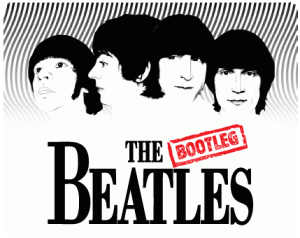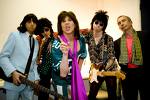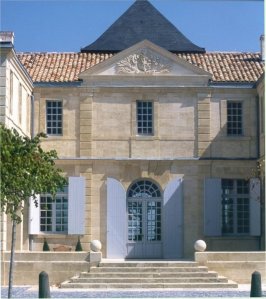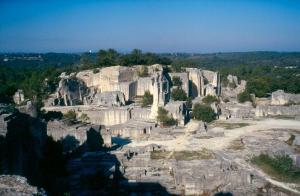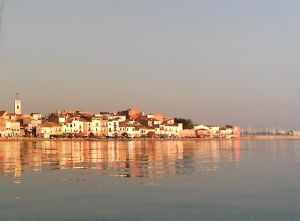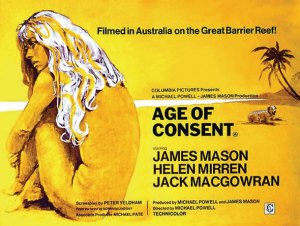Jeff and Amy Burch very generously send the new releases of their Howard Park wines to me every year. Rather than self-indulge alone, I thought that I would share this bounty with some friends.
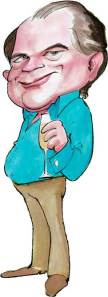
Paul Raymonde by himself
On Friday 24 July, I took a few bottles round to my great pals Paul (London’s finest caricaturist) and Angela Raymonde in sleepy W10. Also with me for the weekend was SuHua Newton of Newton Vineyards.
Everybody had an opinion on the wines—especially SuHua (she has an opinion on everything)—but the notes below are mine alone.
2007 Howard Park Chardonnay Great Southern
Ripe and plush fruit. Quite fat, even without a malo. Well-integrated oak. White peach flavours. Some sulphur on the nose—perhaps a legacy of its use to prevent the malo. Drink now.
2007 Howard Park Leston Cabernet Sauvignon Margaret River
Strong varietal character. Earthy and savoury, à la St-Julien. Sweet and juicy at the front, more savoury at the finish. Not very tannic—these will soften quickly. The oak became more apparent with aeration (50% new French for “approximately” 18 months). For relatively early drinking—now to 2012.
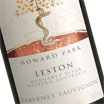
We also tried a couple of other bottles for comparative purposes.
2005 Pierro Chardonnay Margaret River
Finer and less opulent than the Howard Park Chardonnay. Full malo. The 13.5% alcohol shows a bit.
2006 Newton Vineyards Unfiltered Chardonnay
The third time that I have tasted this wine over the last year or so and its best showing yet. Soft and rounded but not fat. Last time I had it I found it rather cloying and blowsy. It was much better this time—though doubtless this evening’s company helped.
Then, at London’s greatest curry restaurant Hot Stuff on 28 July, I was joined by winewriter Maggie Rosen and The Times’ rowing correspondent (and cricket blogger) Patrick Kidd for more Howard Park wines.
2008 Howard Park Riesling Great Southern
Thinner than some recent vintages, according to my memory of the 2007 and 2006 Riesling. Drink now to 2013+.
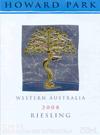
2008 Howard Park Sauvignon Blanc Margaret River/Pemberton
Very grassy. Crisp and fresh. Like the Riesling, very sleek.
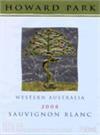
2007 Howard Park Leston Shiraz Margaret River
Dark berry fruit on the nose. Medium body. Nice texture but will be even smoother with age. Sweet, charming fruit. Drink now to 2011 for more balance and smoothness. Tasted alongside a 2007 Yalumba Patchwork Shiraz a day later, when the fruit sweetness became even more apparent. The Patchwork was similarly sweet at the front but finished dry and savory, whereas the Leston’s sweetness followed all the way through.
And a Kiwi curio courtesy of Maggie:
2005 Destiny Bay Magna Praemia Waiheke Island
Very oaky on the nose, though the palate is luscious and velvety. Styled to please the goût américaine but I will give it the benefit of the doubt… Drink now to 2012+ in the hope that the fruit will eventually subsume the oak.

